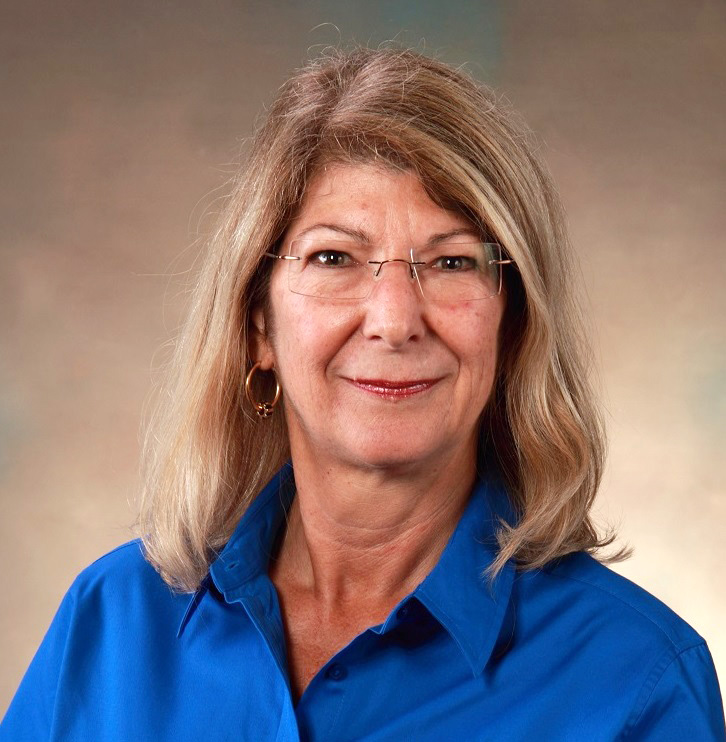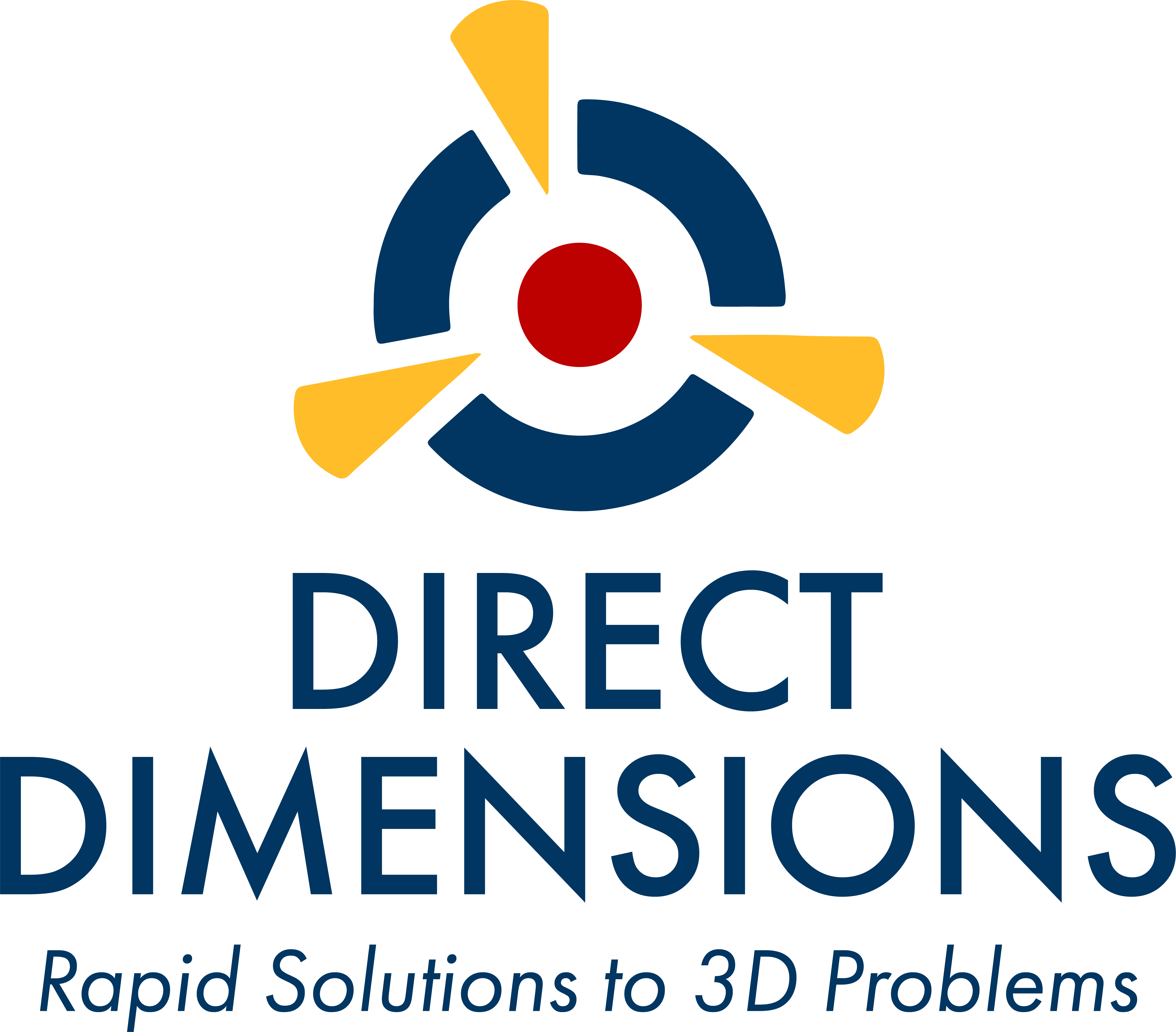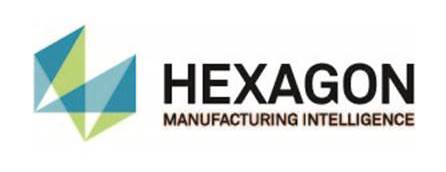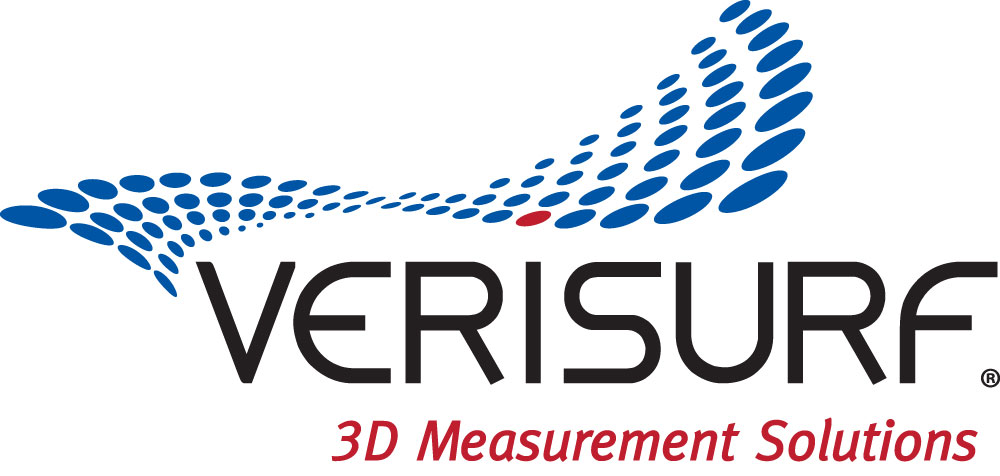Rina Molari-Korgel

Rina Molari-Korgel
Portable Metrology Specialist
Semi-Retired / Contract
Rina Molari-Korgel has been involved with portable industrial metrology since 1983, after graduating with a Bachelor of Engineering in Surveying and Photogrammetry from California State University at Fresno. Her aerospace experience with General Dynamics and Lockheed Martin introduced her to the world of manufacturing and assembly just as computer and cyber technology turbo-boosted metrology development. During this time, Rina has worked through the evolution of metrology instruments, such as transits and levels, theodolites (surveying and industrial), photogrammetry, straight-line lasers, portable measuring arms, laser radar systems, and laser trackers. As a Senior Application Engineer for Hexagon Manufacturing Intelligence, Rina brought her vast experience of applying measurement equipment to the many aspects of aerospace manufacturing and validation to the Hexagon family of customers. These included training customers to use the hardware and software uniformly to perform assembly tool verification, shop floor measurements for trouble shooting assembly problems, validating machine performance, or performing aircraft measurements. Rina has been involved with CMSC since 1993, and has held the appointed position of Treasurer on the Executive Committee intermittently along with the position of Chairman from 1995 to 2016. In the advancement of the CMS, Rina brought the premier issue of The Journal of the CMSC to its membership in 2006. This publication started a new tradition of continuous improvement of the Society to a truly professional standing. Rina is now semi-retired and taking on contract work when time allows. She lives in Weatherford, Texas with her husband of 29 years, Scott, her newly graduated and employed son, Skyler, and her 94-year old father, Andy.
Women In Metrology Survey Answers...
1. Tell us about the accomplishments that helped shape your growth/career. Was there a specific project that influenced your decision to join or continue down the path of metrology?
I have always wanted to measure. Although, I thought that I would be measuring dirt as a surveyor back in the early 1980’s. Now I get to measure metal, composites, machines, parts, assemblies, cars, airplanes, rockets, even a 2000-year-old sarcophagus. I fell into this side of metrology in its infancy. At the time, I was one of the few people in the USA to have a Bachelor’s degree in Surveying and Photogrammetry, but found myself in Beaumont Texas on an attempt to join a construction contracting company with a college friend. Being fresh out of college (no funds in the bank) and the country’s recession meant that our business floundered and I had to seek other steady employment. I reached out to the head of the Texas sections of ASPRS (photogrammetry) and ACSM (surveying). They were aware that General Dynamics was desperately seeking people with the capability of programming photogrammetric equations for a unique project. That was my foot in the door to the manufacturing world, which now flourishes on portable metrology. I am a far cry from where I thought I would be – outside in the sunshine measuring land boundaries or utility right of ways. Instead, I am loving the challenge of applying metrology in the manufacturing world!
2. What was your journey like to get you to where you are now? Was there a particular challenge you had to overcome?
Challenges? Every day is a challenge. I still run into people who do not believe in lasers and software or have other ideas about alignments. The challenge is to make sure that your customers, even if it is the technician in the next cube, are comfortable with the data you present them. Sometimes they do not like the answers but they are the truth. I will relay one particular story from the late 1990’s that was not a challenge for me but with a certain aerospace director. He (yes a male) asked me what kind of work I did. I replied that I performed measurements with a laser tracker or portable arm for tooling, manufacturing engineering, and research. His reply: “Oh, a girl job.” I was shocked but kept quiet, as I knew who he was and his rank. A year later, he was in my factory about to walk across my measurement space and break my laser beam. My mouth engaged before my brain could filter and I shouted (not spoke but shouted) “Hey! Can’t you see I’ve got a girl job going on here.” He quickly turned around, found a male to speak with and then left the area. A girl job! Did he think that measuring was so simple that even a GIRL could do it! Metrology is neither male nor female oriented – anyone can do it if they apply themselves – and are decent in math. So ladies, let’s show the world that metrology is for everyone – girls and boys – I mean, women and men!
3. What is your favorite aspect of your role in metrology?
My favorite aspect of the metrology world is that every job is different. Every new measurement challenge causes us to use our experience and knowledge to provide the customer with concise data that is meaningful to them. This means that from the beginning to the end of the project, we need to have the customer in mind – their needs and their capability to interpret the data presented.
4. What is the most critical aspect of your role?
The most critical aspect of my role in metrology is to be absolutely 110% confident in the data acquired, analyzed, and reported. From the hardware to the software and accessories used in the process, I must be confident that they are performing properly. Another critical aspect of my role is to cultivate new portable metrologists. As you all know, it is not easy to find this career from outside the manufacturing world, even the US government does not recognize this field! Therefore, working with CMS is vital to me and our profession – now let’s get out there and measure stuff!
5. Who was one of your mentors as you pursued your education and career?
Debra Schwartz was my first lead at General Dynamics. She is a superior mathematician and metrologist, a product of Dr. Edward Mikhail’s photogrammetry master’s degree program. Debra showed me that being female was not a deterrent in that male dominated manufacturing space of 1983 (when there were still ashtrays on people’s desks). With that gain of confidence, I was able to venture out to the shop floor and work with mechanics, technicians, and engineers to bring portable metrology into their world. Debra moved on to other scientific organizations where she worked with “black world” programs involving satellite navigation and imagery.
6. What advice would you give to others who are considering a STEM career?
Don’t be deterred by anyone or anything. Starting out, we are all scared but with experience comes confidence. As a female in a STEM career, you will stand but have no fear – you will stand out in a good way. Your chances for advancement in a male dominated career are better than that of a male. Employers seek qualified female engineers to round out their diversity.
7. When did you get your first chance to work in the Metrology field?
See #1 please
8. Describe the value that your efforts have delivered for the systems, products and processes.
In my 35+ years in metrology I have had many roles, from tooling to manufacturing engineering to research and development. In every case, metrology allows companies to save time and money. How else can an aerospace company manufacture 3 prototypes, based off of an existing model, with no tooling? How else can a design concept be implemented with as little financial impact as possible? How else can manufacturing problems be traced back to their origin? How else can reverse engineering be accomplished? How else can robots be made more accurate? Metrology is a key enabler for companies who can overlook the initial sticker price and realize its full potential.
9. Is there anything additional you would like to add?
The world of metrology is ever changing and we never stop learning. Please help spread the good word of metrology to the next generation.






